
We kindly inform you that, as long as the subject affiliation of our 300.000+ articles is in progress, you might get unsufficient or no results on your third level or second level search. In this case, please broaden your search criteria.

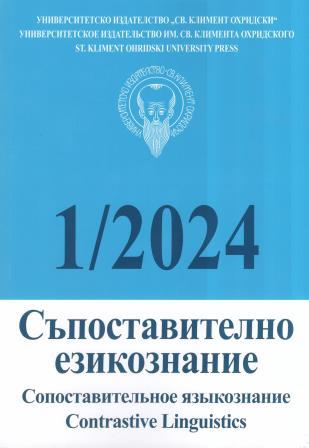
Владимир Поломац. Језик повеља и писама Српске деспотовине. Крагујевац: ФИЛУМ, 2016. 496 с. / Vladimir Polomac’s book The language of charters and letters of the Serbian Despotate presents the first comprehensive study of the peculiarities of the administrative-business style of the Serbian language from the time of the Serbian despotism. The monograph analyzes the graphic, orthographic and linguistic (phonetic, phonological, morphological, lexical-stylistic, syntactic-stylistic) characteristics of the documents.
More...
Владимир Поломац. Српски као дипломатски језик у XV и XVI веку: филолошки приступ. Крагујевац: ФИЛУМ, 2023. 279 с. / Vladimir Polomac’s book Serbian as a diplomatic language in the 15th and 16th centuries: a philological approach presents the only comprehensive philological study of the Serbian language in its use in diplomatic correspondence in the Balkans during the period under review. The author presents a close reading of the considered documents and then analyzes their graphics, orthography and linguistic features at the phonetic, morphological, lexical and syntactic level.
More...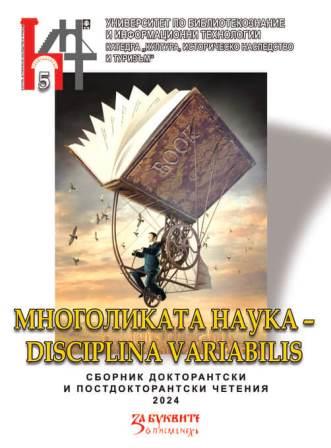
The paper focuses on a late New Bulgarian damascene, which is kept in a book repository outside Bulgaria. The codex is known in scholarship as the Berlin Damascene (Berl. Slav. Fol. 36) and is part of a large collection of manuscripts and old printed books from the former Royal Library in Berlin. Today this manuscript with an interesting historiographical fate is in the possession of the Jagiellonian Library in Kraków (Poland). The Berlin Damascene is mentioned regularly, if only fleetingly, in publications on the Damascene theme, but for many years the main source material remained the inventory of B. Tsonev (1937). So far, the manuscript has not been the subject of a comprehensive study. The opportunity to work with the manuscript de visu has allowed us to make some general preliminary observations on the paleographical features of the Berlin Damascene and also to indicate tasks and prospects for future research to be undertaken.
More...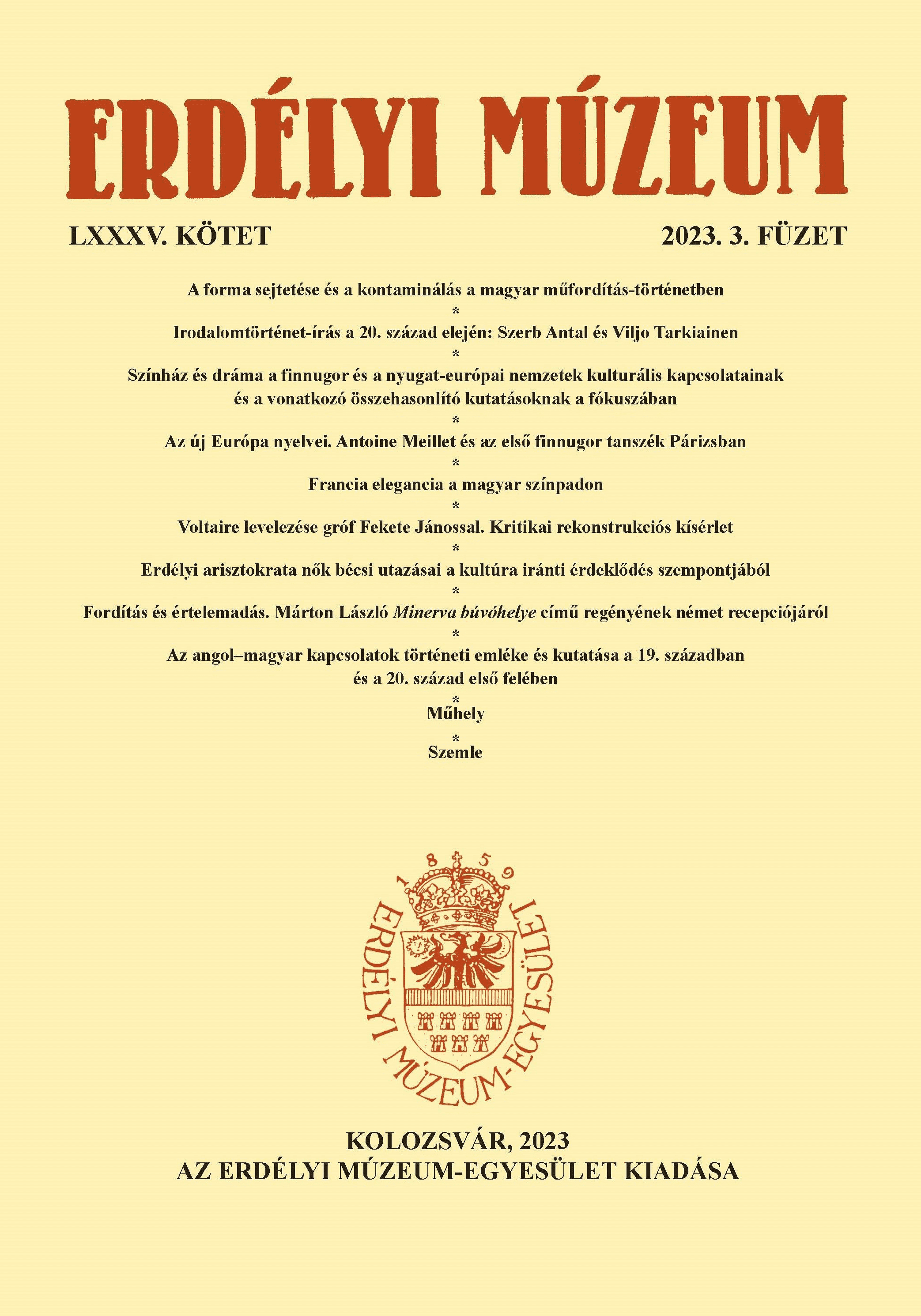
Ferenc Benkő (1745-1816), Calvinist pastor, later professor of the Collegium of Nagyenyed/Aiud was the first to translate (1782) the book of the influential Freiberg Professor Abraham Gottlob Werner, the Von der äusserlichen Kennzeichen der Fossilien, entitled A köveknek és értzeknek külső megesmértető jegyeikről, published in Kolozsvár/Klausenburg/Cluj in Transylvania in 1784. Werner’s text was enriched with names of mineralogical locations in the Carpathians, based on Benkő’s readings and collecting trips. Among other subjects, Benkő studied mineralogy with Gmelin in Göttingen. His main publication is the Magyar Minerologia (1786), which includes the catalogue of his private mineralogical collection. Benkő created one of the first Hungarian natural history museums at Aiud. His contributions to the establishment of a Hungarian, professional vocabulary of earth sciences are long-lasting.
More...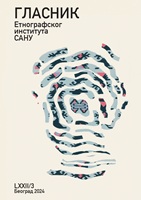
Review of: Марија Ђинђић, Наташа Вуловић Емонтс, Турско-српски речник пословица и изрека Лингвистичке едиције, Едиција Мали речници, књ. 13 Нови Сад: Прометеј – Београд: Институт за српски језик САНУ, 2024, 412 стр.
More...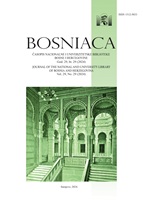
Goal: To present grammatical works in Arabic, Turkish, and Persian that were created, copied, inherited, and used as compulsory textbook literature in Bosnia and Herzegovina from the 16th to the 19th centuries. For this purpose, research was conducted in the manuscript collections of public libraries, archives, and institutes in Bosnia and Herzegovina. Approach/methodology: Using the method of analysis and comparison of data collected by direct inspection of manuscript works, with the use of references and information about manuscripts contained in the catalogs of the collections, the selection of materials and the selection of reference works for analysis were carried out. Results: Show and valorize the modalities and scope of production and reception of manuscript grammatical works and their practical use in given contexts. We will pay special attention to the grammars written by Bosniak authors in oriental languages and their contribution to the development of the grammatical tradition in Bosnia. Originality/value: Bearing in mind the documentary character of the manuscripts as first-class historical sources, the research, analysis, and conclusions reached will not only represent a contribution to the study of linguistic history in Bosnia but also provide an incentive for further research in that direction.
More...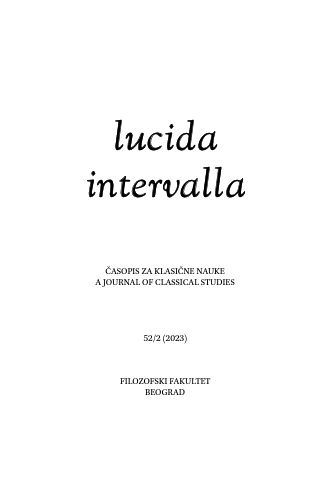
The paper discusses the extent of interventions that would require a new, improved edition of Maretić's fundamental 1924 translation of the ancient Indian Nalopakhyana, The Song of King Nala.
More...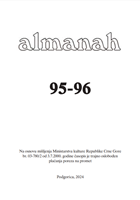
The subject of this paper is the presentation of lexemes with the Turkish suffix –lija that are found in the Rožaje dialect. We know that from a large number of lexemes of Turkish origin, a certain number of suffixes have emerged that have become independent and that participate in the formation of very productive formation models. For this paper, we have isolated the Turkish suffix –lija, which appears in our language in the adaptation form –lija, which from a grammatical aspect denotes a noun derivative. The Turkish language has a large number of suffixes that are used to form new words. In accordance with the law of vocal harmony, this suffix in the Turkish language occurs in four variants (Turk. –lı / -li / -lu / -lü ), from which our suffix –lija has become. According to their formational and semantic characteristics, these derivatives represent adjectives, usually descriptive.
More...
The article is dedicated to Oration 32 of Constantine of Preslav’s Uchitelno Evangelie (‘Didactic Gospel’). In all four Slavonic copies of this written monument, the name of Cyrill of Alexandria appears in the title, thus attributing to him the authorship of the commentaries that make up the middle section of the sermon. In it, the commentary on Lk 16:19–31 is translated, which is part of the catena on Luke Type A CPG/ClaCla C130.1 (catena prima, die Grundform). In most Byzantine manuscripts witnessing this catena, there is an attribution Κυρίλλου in the margins to one of the opening passages. A comparison with catenae of other types further reveals the names of John Chrysostom and Isidore of Pelusiot. On the basis of the analysis, into which the Syriac translation of Cyril of Alexandria’s Homilies 111 and 112 and John Chrysostom’s Conciones de Lazaro are also included, the boundaries of the fragments stemming from individual authors compiled in the anonymous commentary of CPG/ClaCla C130.1 are established. It becomes clear that the majority of the commentaries included in Orations 32 are in fact excerpts from John Chrysostom’s Conciones de Lazaro, 1–4. The comparison between the various catenae also seems to indicate their dependence on a common archetype.
More...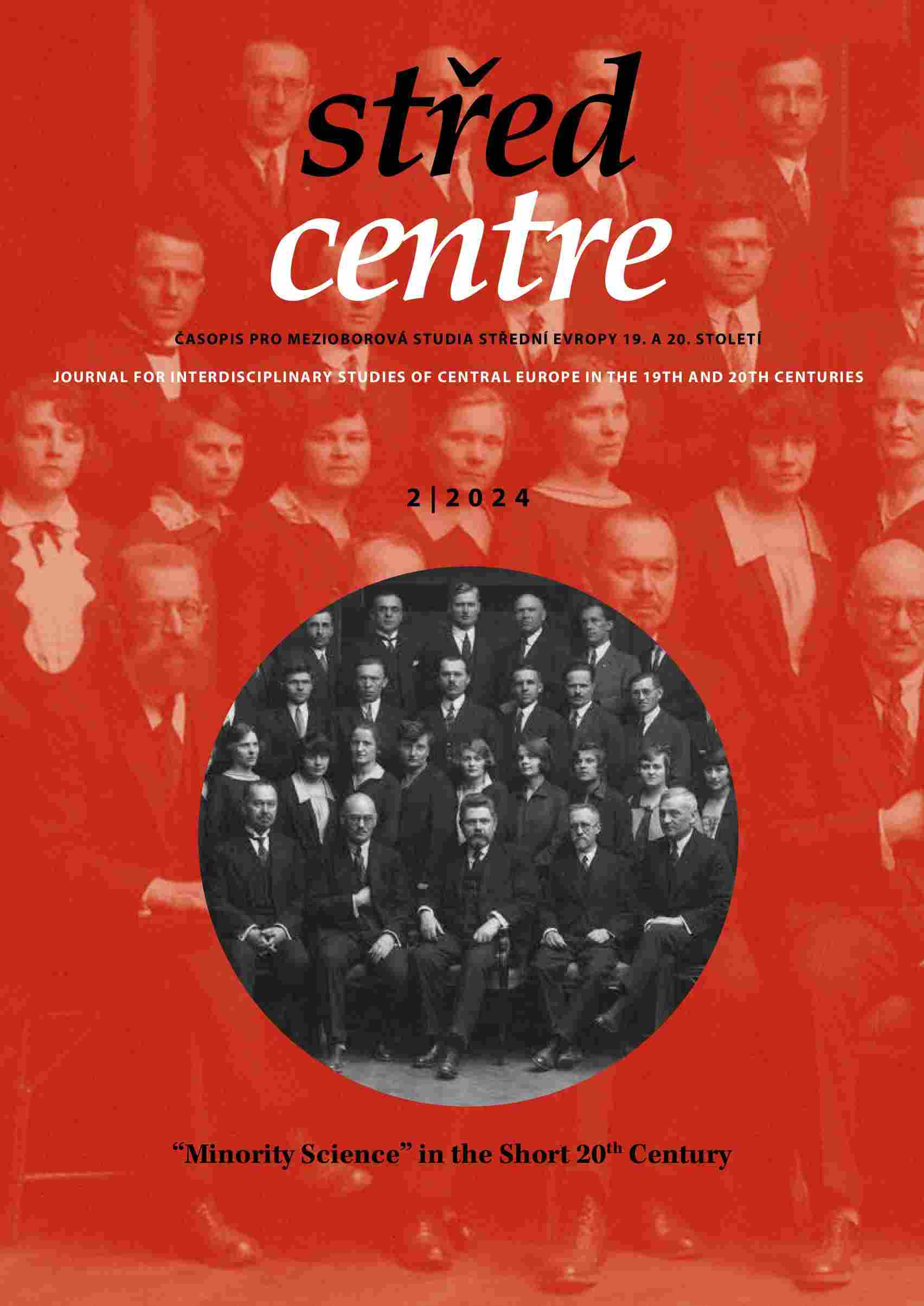
This paper offers a contextualization of the sociointellectual and epistemological position occupied by Roman Jakobson and the Prague Linguistic Circle in interwar Czechoslovakia. It does so by emphasizing the systematic role of Russian and Ukrainian émigré communities, and proposing a partial reconstruction of the intellectual network in which Jakobson and the Prague Linguistic Circle were involved. This contextualizing effort strives to underscore how Jakobson and the Prague Linguistic Circle were not only the agents, in Czechoslovakia, of a major international scientific project – the development of phonology and modern linguistics –, but also the direct product of the local interactions – across the concrete urban spaces and squares of Prague – of a whole spectrum of “minor” or “national” traditions, from Russian social philosophy and Eurasianism to Austrian (Brentanian and Neo Herbartian) psychology or Czech positivism. In particular, the paper highlights the “triangulated” nature of intellectual exchanges in Prague, which played out not only as bilateral, explicit dialogues, but also through a pattern of indirect intersections facilitated by the overlapping participation of many actors in otherwise distinct groups or circles.
More...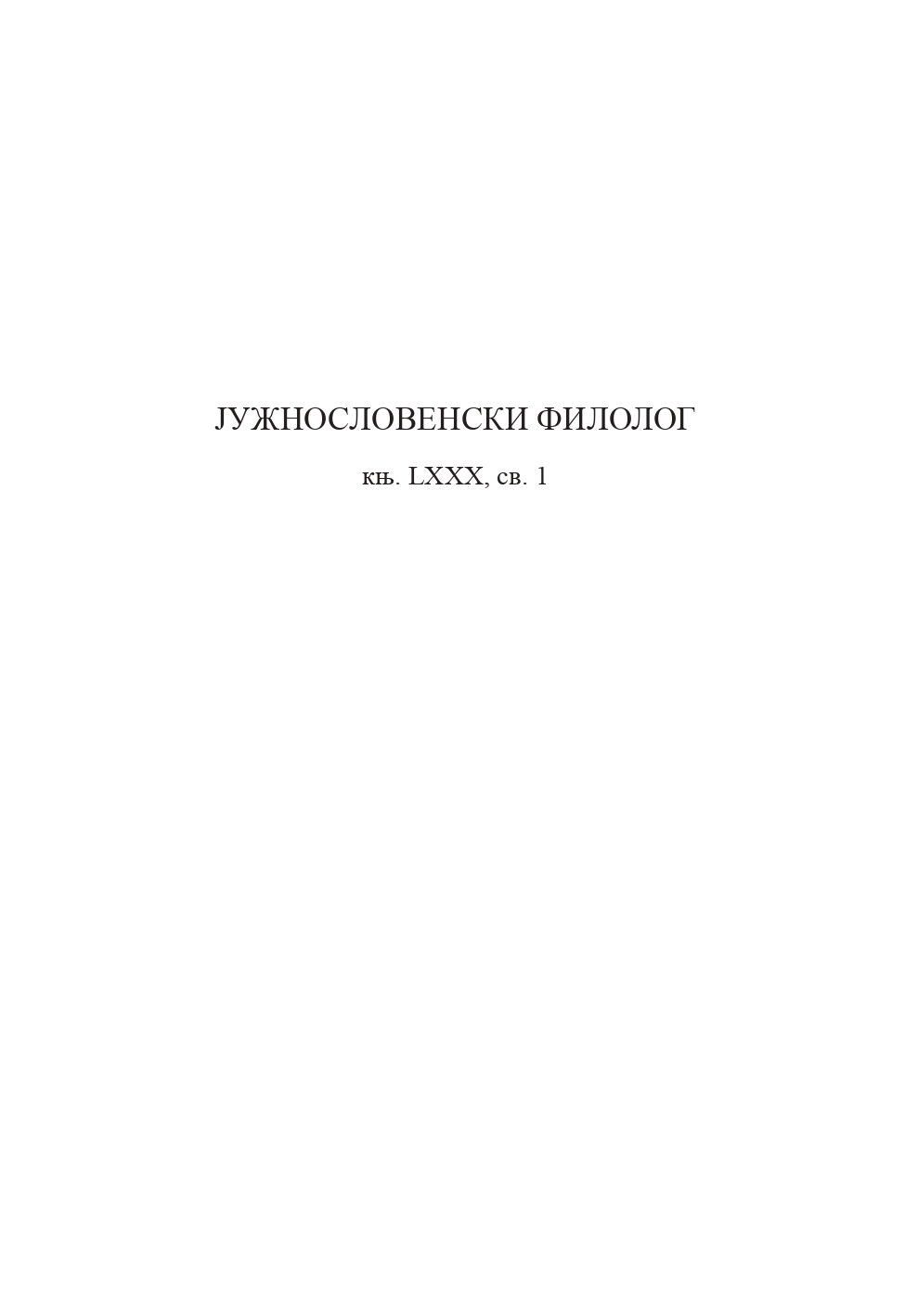
The article provides a linguoculturological analysis of the regulators of patriarchal morality, which represent the periphery of the phraseological concept of honour. They are verbalized in the language by a large number of phraseological units intertwined into complex functional-semantic relationships. Phraseological units refl ecting extra-linguistic phenomena are integrated into micro concepts that are important for native speakers of the given era. At the centre of the macro concept of honour is the micro concept of face as a symbol of honour. Other micro concepts are concentrated around it – regulators of patriarchal morality: spell and oath, distancing, stoning and blood feud. All these micro concepts are recorded in phraseological units interconnected in meaning and function. On the basis of their various syntagmatic, paradigmatic and semantic connections, the mechanism regulating social relations and ethical norms by which lived not only an individual, a member of the community, but also the entire patriarchal community, is reconstructed. An extensive set of phraseological units is extracted from lexicographic, ethnographic, historical and legal sources, and their function is illustrated by contexts from artistic and folklore texts. This methodology gives an idea of the real linguistic use of a particular era and the function of the analyzed phraseological units in a particular context, which, in turn, makes it possible to reconstruct social phenomena, processes and relationships that stand against the background of linguistic units. This emphasizes the importance of language as a custodian and translator of culture and the special signifi cance of the phraseological layer of language, which best preserves the concepts of culture, as well as the importance of historical phraseology.
More...
Review of: Jasmina Grković-Mejdžor. Studije iz istorijske semantike. Sremski Karlovci ‒ Novi Sad: Izdavačka knjižarnica Zorana Stojanovića, 2023, 202 str.
More...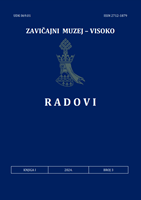
The paper analyzes the phonetic characteristics of Visoko speech based on questionnaires from the famous collection Questions on Simple Folk’s Spoken Language by Milan Rešetar (FAZM, Inventor folkl. zapisa III, Nº 14372–14597). Four questionnaires from this survey were filled out in Visoko as part of the research of Bosnian-Herzegovinian speech at the end of the 19th century, conducted by the Austro-Hungarian Monarchy. Based on the material from these four questionnaires, the following conclusions can be drawn: (1) the questionnaires confirm the two-syllable replacement of the long jat (dijete, mlijeko, rijeka), the monosyllabic in short (vjera, bježati, pjevati). In addition to the expected Ijekavian reflex, questionnaires note the Ekavian reflex in ne- < ně-: neki, nekako, negda, and in the nouns zenica, testa/cesta, while in the prefix prě- forms with e are more common, but Ikavian forms are also recorded: preskočiti/priskočiti, preboljeti/priboljeti, prevaliti/privaliti. In the group rě, forms with rje in krjepost, krjepak, grješnik are more common, while e is in ređi and vreća. Examples of a secondary jat also exist in Visoko speech: pijer, mijer and kosijer, alongside examples with i; (2) the questionnaires record numerous dialectal changes in the vocal system: besides minji, dalji is also spoken as minji and dilji, the word ljubazan is also spoken ljubezan, and the word salamander (daždevnjak) has forms with a and i: dažđevnjak and dižđevnjak; (3) evidence of more archaic speech is preserved in examples of the re group in the noun vrebac (along with vrabac), as well as in the nouns greb and greblje (in addition to grob, groblje), where forms with re are characteristic of Muslim speech; (4) the affiliation with more western speech is also confirmed by the reflexes of Proto-Slavic jotting of the dentals t and d, as seen in tuji, mlaji, slaji (along with tuđi, mlađi, slađi), as well as šća-forms: šćap, šćeta, možđani, zvižđati, etc. Judging by the surveyors’ notes, these occurrences are more prevalent in the speech of Muslims; (5) the sound “h” is preserved in all positions in Visoko speech: hlad, muha, grijeh, rekoh, as well as in the forms lahko and mehko; it is most prevalent in the speech of Muslims, though forms lako and meko are also recorded; (6) the affricate pairs č ~ ć, dž ~ đ in speech of Visoko are reduced to one, as emphasized by all four recorders; (7) the questionnaires confirm numerous dialectal changes in the consonant system: assimilations according to the place of creation (ižljubiti, ražljutiti, pošljednji), rotacism (moreš, more), -dn- > -(n) n- (jena, glana, onio), dissimilations (mlogi), as well as a metathesis that confirms confessional stratification: barjak (Orthodox) ~ bajrak (Muslims). A comparison of the material from the four questionnaires filled in Visoko with the results of research into the speech of Visoko, which were carried out in the middle and second half of the 20th century, confirmed the preservation of the more archaic state in the 20th century as well, but also the loss of certain characteristics – for example, the form vrebac is very rarely heard, as well as the pronoun forms tko, nitko, etc. Certainly, a contemporary examination of Visoko speech would give relevant results about how much the dialectal picture was changed at the end of the 20th and in the first decades of the 21st century.
More...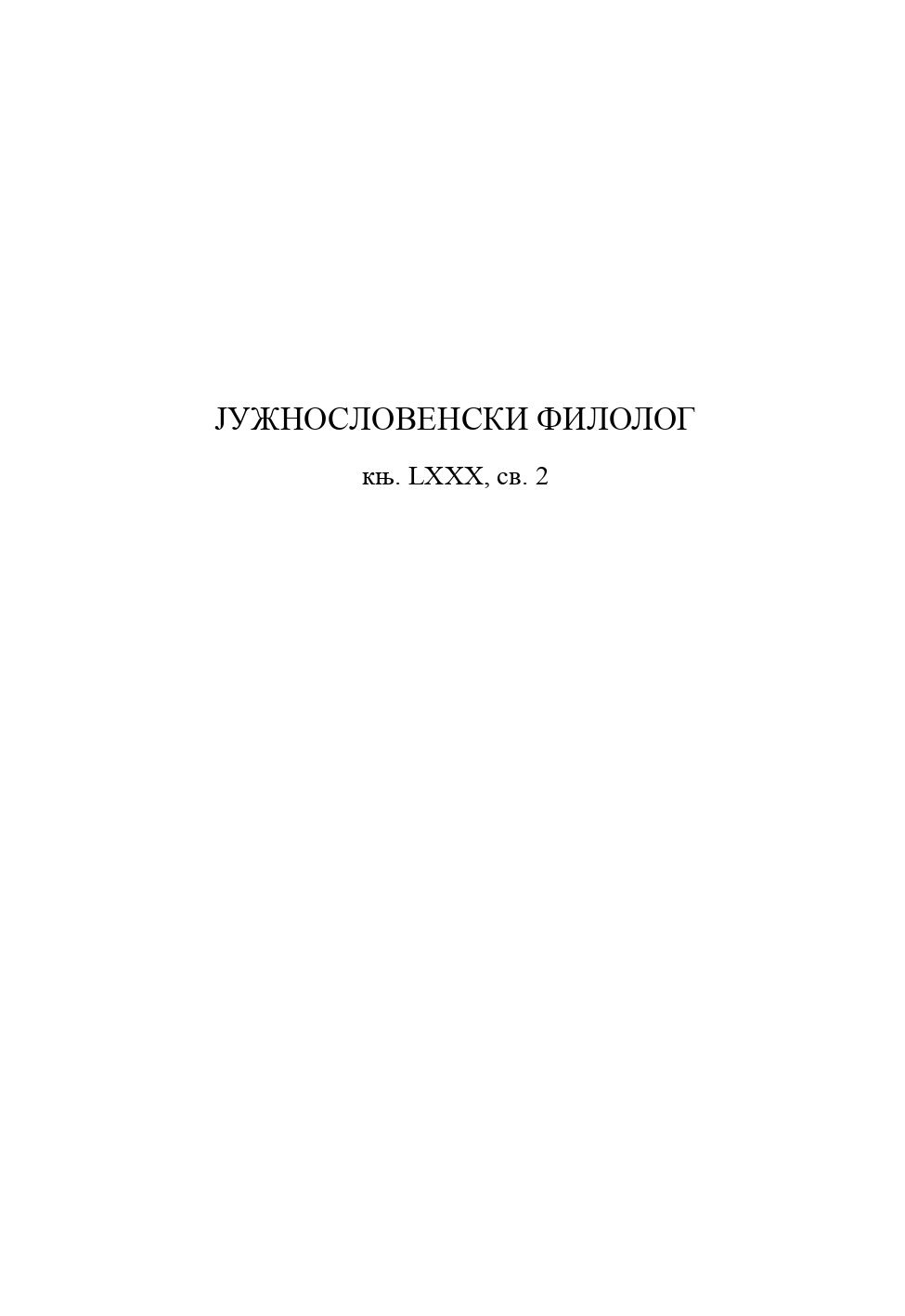
The paper presents the Turkish loanwords used in biblical quotations in Venclović’s translation of Mech duhovniy (Mač duhovni, Sword of the Spirit). By comparing them with the source in Church Slavonic (of the Russian redaction), Turkish loanwords that are used as a direct translation of a Church Slavonic word (zejtin, krevet, misirski, hazina, haramija, hrsuzin, čak) were extracted, as well as those that change the translated real object (korkuluk, minđuša, tabandže), those that are part of more or less broader explications (adet, badava, bašča, dumen, durma, đubre, zanat, inatiti se, kavga, kadar, somun, tane) and those that appear both as a translation of a certain CSl. word and within an explication (ama, bak(a)rni). In addition, a comparison was made with Vuk’s translation of the New Testament and Daničić’s translation of the Old Testament, to detect possible overlaps, since Turkish loanwords were used in both translations. In the places where a single Church Slavonic word is translated with a Turkish loanword, all other translations of the same CSl. word were found in the entire analyzed part of the manuscript, to show in which cases Venclović used a Turkish loanword, even though he had other vernacular words at his disposal. For 15 Turkish words, we can claim that Venclović had another equivalent in his lexical stock, and in 11 cases a purely vernacular word (as an equivalent for the Turkish words ama, đubre, zanat, inatiti se, kavga, korkuluk, krevet, minđuša, somun, hazina, čak), and in three instances a common word for vernacular and Church Slavonic (as an equivalent for the Turkish loanwords adet, zejtin, haramija). In one case, he only used the Church Slavonic word as an equivalent for the Turkish word hrsuzin.
More...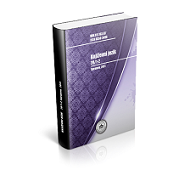
The paper discusses language nomination in magazine Bosna from 1866 to 1878. That was the period marked by activity of Vilajetska štamparija and magazine Bosna was the official political paper. There were various texts in the newspaper: newspaper, administrative-legal, informative, as well as literary ones. In the observed period, the language is discussed in the magazine indirectly, within the framework of some other, wider topics. We find three types of language names in the materials: nationally marked, nationally unmarked, and neutral and descriptive names. Although not at the very beginning, the Vilajet administration otherwise led a more flexible language policy, i.e. it recognized the situation it found, which corresponded to the sociocultural conditions of that time. This is why the colorfulness of language nomination is present. The texts in the new magazine in the observed period testify to the beginnings of a turn away from oriental literary and linguistic heritage towards creativity in the native language and script.
More...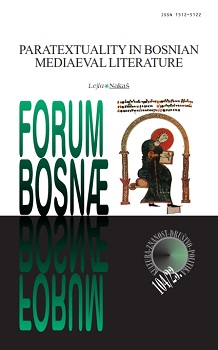
The term Western Štokavian is associated with the period before the major migrations that transformed the boundaries between dialectal areas in the late Middle Ages, influencing the emergence of a new dialectal order within the overarching framework of Štokavian. Properly speaking, it stands in contrast to Eastern Štokavian, with which it gradually merged in a process of convergence, resulting in the appearance of the neo-Štokavian dialectal forms. Once this process had taken place, “western” and “eastern Štokavian” came to represent distant echoes of a faded Mediaeval situation that could only be reconstructed through written documents.
More...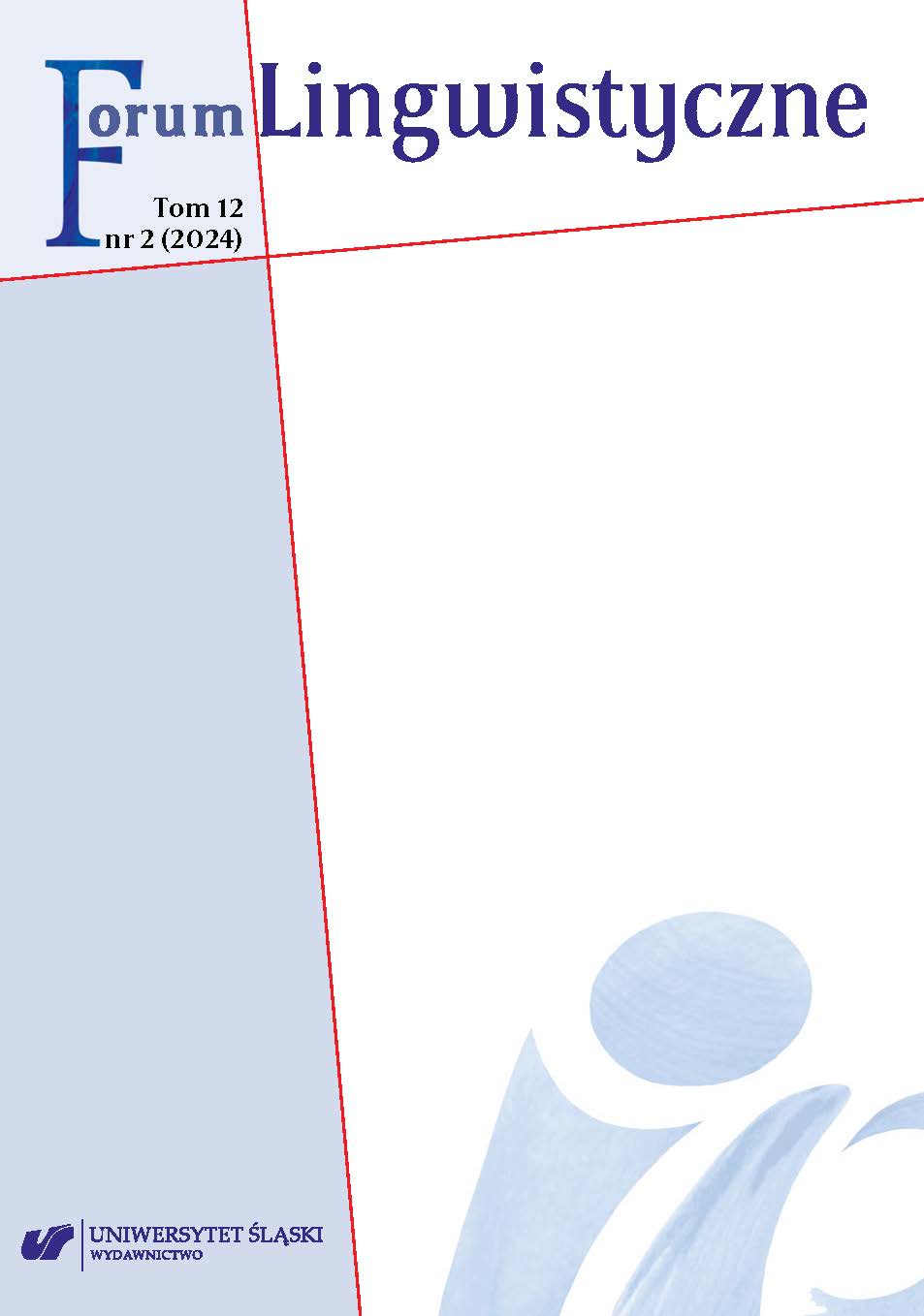
Subjects focused on history and diachrony are often treated marginally in German studies curricula. Their complexity and deviation from the predominantly communicative and pragmatic-oriented study model contribute to this marginalization, leading to a gradual reduction of such courses. However, it is crucial not to overlook the fact that these subjects form the foundation for understanding the essence of language development and transformation, representing a fundamental element of philological knowledge. The author of this contribution aims to highlight the importance of language history and linguistic transformations in the didactics of German Studies. Simultaneously, the author recognizes a tendency toward excessively theoretical approaches in teaching such subjects and advocates for a more substantial reliance on authentic historical-linguistic corpora. The article also provides examples of the author’s contribution to bridging historical-linguistic research with academic and outreach practices, emphasizing the practical and popularization aspects of this endeavor.
More...
The text presents the results of a syntactic-semantic analysis of the Middle Low German verb bliven, which was borrowed into the Nordic languages and whose semantics and syntactic status in both the original and target languages are disputed. The study covers a wider than before range of linguistic material from the period between the 13th and 15th centuries and consists of texts available within the annotated Referenzkorpus Mittelniederdeutsch/Niederrheinisch (ReN) corpus and texts of the Diachrony of passive voice in North Germanic (DiaPass) corpus. The temporal limitation of the texts has made it possible to conclude that the development of the periphrastic passive voice in Swedish with bli(va) cannot be attributed to Lower German influence. The above conclusion is confirmed by the sporadic use of bliven in combination with the past participle in the Lower German material with the simultaneous increase in the overall frequency of this construction in Swedish in the 15th century. The use of both corpora made it possible to rule out differences in the use of the verb bliven between Lower German texts written in the Lower German area (ReN) and Lower German texts from the Scandinavian area (DiaPass).
More...
The article deals with the analysis of the oldest Greek lexical elements in the Romanian language, more precisely Greek borrowings in Balkan Latin, which has continuations in the Romanian language. Greek borrowings in Balkan Latin should be treated as a different group, as they do not have continuation in other Romance languages. The analysis has focused on words classified by the Romanian researcher H. Mihăescu as oral borrowings from Ancient Greek into Balkan Latin. The article uses the historical-comparative method. The analysis is not limited to the Romanian language only as other Balkan-Romanian languages, as well as regional variants of Italian, are equally important in the study. The presented analysis indicates that Greek elements are deeply rooted not only in the Romanian language but also throughout the whole linguistic area where Balkan Latin was used.
More...